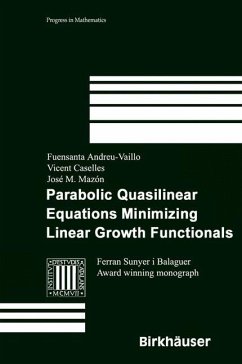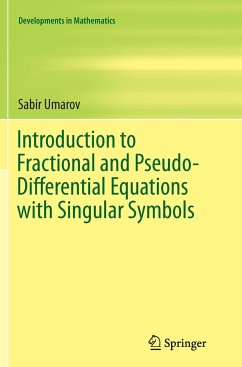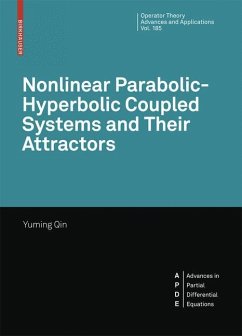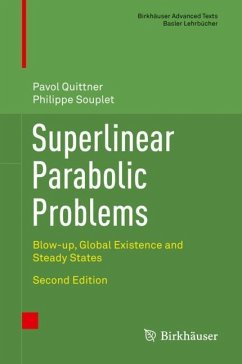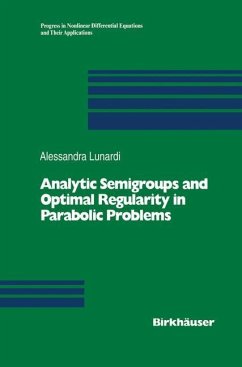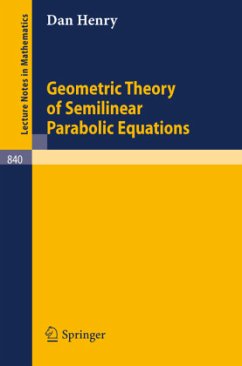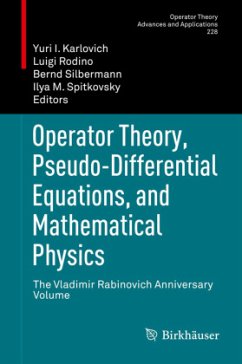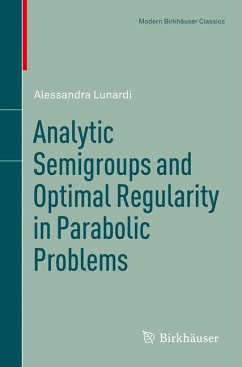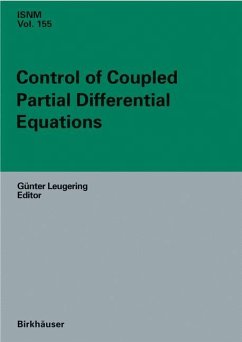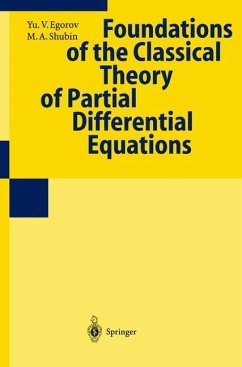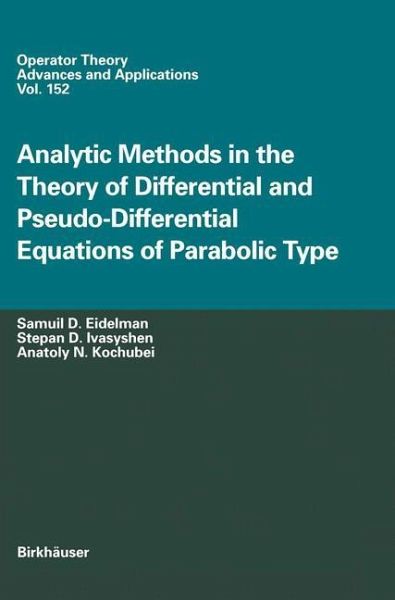
Analytic Methods In The Theory Of Differential And Pseudo-Differential Equations Of Parabolic Type
Versandkostenfrei!
Versandfertig in 1-2 Wochen
77,99 €
inkl. MwSt.
Weitere Ausgaben:

PAYBACK Punkte
39 °P sammeln!
The theory of parabolic equations, a well-developed part of the contemporary theory of partial differential equations and mathematical physics, is the subject of immense research activity. A stable interest to parabolic equations is caused both by the depth and complexity of mathematical problems emerging here, and by its importance in applied problems of natural science, technology, and economics.This book aims at a consistent and, as far as possible, complete exposition of analytic methods of constructing, investigating, and using fundamental solutions of the Cauchy problem for the following four classes of linear parabolic equations: - 2b-parabolic partial differential equations, in which every spatial variable may have its own weight with respect to the time variable - degenerate partial differential equations of Kolmogorov's structure, which generalize classical Kolmogorov equations of diffusion with inertia- pseudo-differential equations with non-smooth quasi-homogeneous symbols- fractional diffusion equations.All of these provide mathematical models for various diffusion phenomena. In spite of a large number of research papers on the subject, this is the first book devoted to this topic. It will be useful both for mathematicians interested in new classes of partial differential equations, and physicists specializing in diffusion processes.
The theory of parabolic equations, a well-developed part of the contemporary partial differential equations and mathematical physics, is the subject theory of of an immense research activity. A continuing interest in parabolic equations is caused both by the depth and complexity of mathematical problems emerging here, and by its importance in specific applied problems of natural science, technology, and economics. This book aims at a consistent and, as far as possible, a complete exposition of analytic methods of constructing, investigating, and using fundamental solutions of the Cauchy problem for the following four classes of linear parabolic equations with coefficients depending on all variables: -7 E : 2b-parabolic partial differential equations (parabolic equations of a qua- l homogeneous structure), in which every spatial variable may have its own to the time variable. weight with respect E : degenerate partial differential equations of Kolmogorov's structure, which 2 generalize classical Kolmogorov equations of diffusion with inertia. E3: pseudo-differential equations with non-smooth quasi-homogeneous symbols. E : fractional diffusion equations. 4 These classes of equations generalize in various directions the classical equations and systems parabolic in the Petrovsky sense, which were defined in [180] and studied in a number of monographs [83, 45, 146, 107, 76] and survey articles [102, 1, 215, 70, 46].





